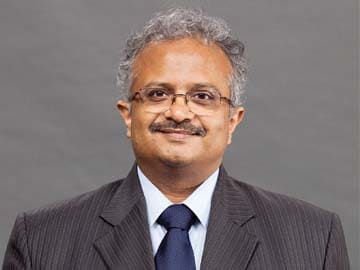
A lab-grown lesson in Innovation
Many worthy ideas never see the light of day or are left unexpressed for fear of ridicule. Enterprises need to nurture these in an enabling environment and like the burger scientists, watch the innovation happen
One food critic pronounced it “not that juicy” and another pointed to its lack of fat. The commercialization price tag upward of $10 million, and 20-year time to market, is keeping investors at bay, and maybe even in splits. It’s entirely possible that consumer groups will vilify it as franken-food or simply reject it as “yuck”. But there are many reasons why the world’s first lab-grown hamburger – declared by a global online innovation think tank as the top innovation of 2013 – is a metaphor for innovation of the highest order.
What scientists at Maastricht University have done is apply stem cell technology, currently used to grow new human tissue to replace worn out parts, to solve an entirely different problem of food production. It works like this: skeletal muscle cells, extracted from a cow’s shoulder are allowed to multiply in the lab to 40 billion; every 1.5 million cells form a tissue and then muscle fiber, 20,000 of which make one hamburger. The cells mostly do it by themselves – the lab merely provides an enabling environment. Studies say that compared to the real thing, lab-grown beef uses about half the energy, emits just 4 percent of greenhouse gases, and uses 1 percent of land.
And this is why this small, horrendously expensive piece of meat packs a rich lesson in innovation. For, what is true innovation if not the chutzpah to persist with an audacious idea amidst stiff opposition? The farsightedness to apply known knowledge to new frontiers. The thinking that an industry’s commercial success should also work for the greater good.
I believe that today’s innovation needs to revisit these core principles. Too often, we see enterprises being fettered by fear of failure, or driven only by the lure of commercial success. Others venture as far as step-up innovation, to do things that have already been done before. Even disruptive innovation, about which so much has been said, is largely guided by narrow motivations of cost and gain.
I am not for a moment suggesting that enterprises innovate in a vacuum, with no thought of reward; only that it cannot be the sole yardstick of merit. Also, enterprises need to temper their impatience to see quick wins. Many worthy ideas never see the light of day or are left unexpressed for fear of ridicule. Enterprises need to nurture these in an enabling environment and like the burger scientists, watch the innovation happen. One of the most important requisites of an enabling organizational environment is that it must be free of the fear of judgment.
This will assume critical significance in the coming years. As the digital generation gets ready to join the workforce, many in their ranks will bring to the enterprise an innovative spirit and a disruptive idea. The organization must allow their latent talent to surface, before it is buried under the weight of corporate policy, precedent, hierarchy or fear. They can do this by creating an environment that accommodates experimentation, even the odd outlandish idea. They must value cold rationale, but also self-belief. And they must at an organizational level believe that sometimes making a statement is more important than making a buck. As Professor Mark Post, the brain behind the lab-burger said in response to the question of when it would hit the shelves, "I think it will take a while. This is just to show we can do it."
(Sanjay Purohit is Senior Vice President, Global Head, Products, Platforms and Solutions at Infosys)





